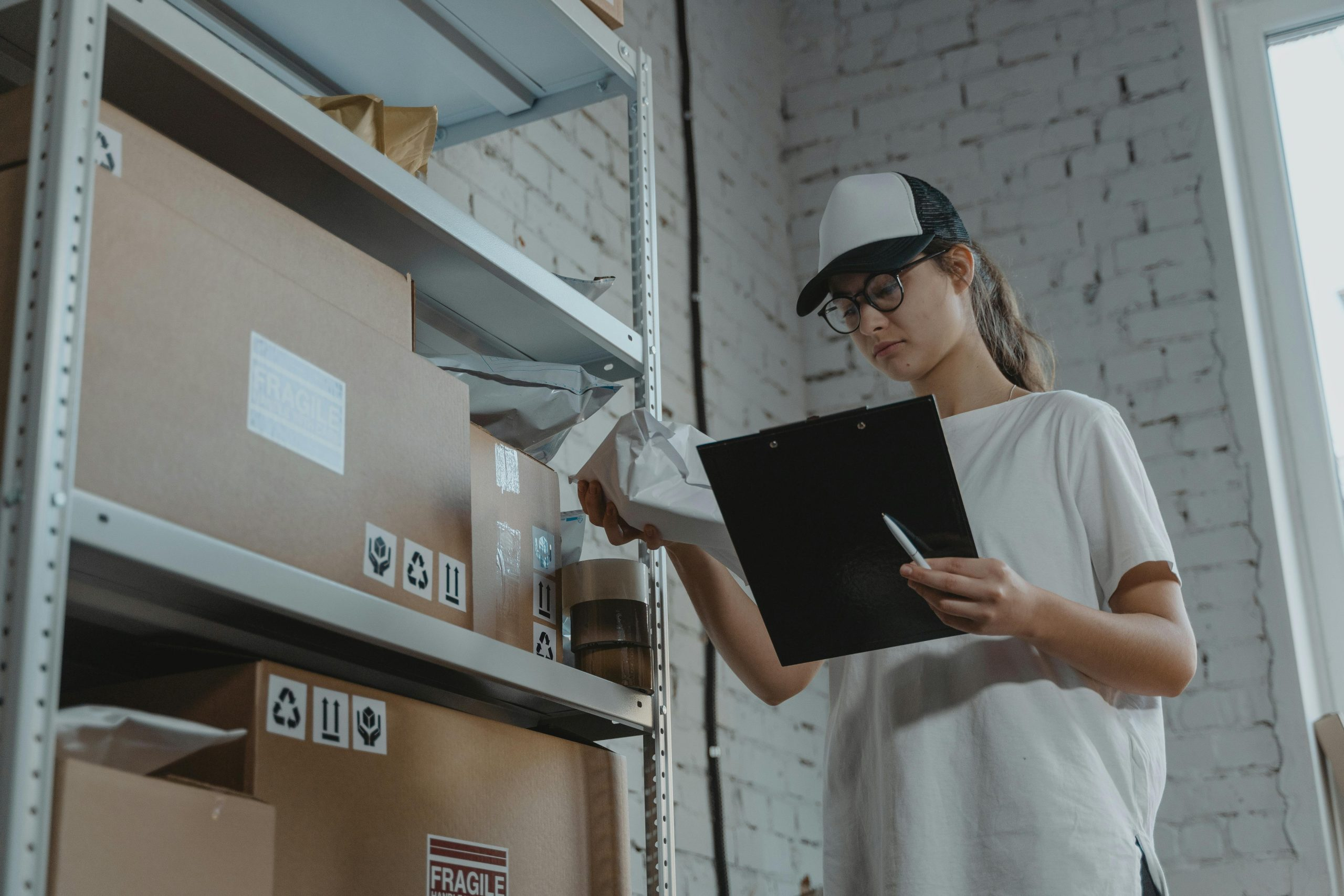Building Resilient Vehicle Supply Chains Post-Pandemic
In the wake of the COVID-19 pandemic, the automotive industry has faced numerous challenges. From supply chain disruptions to production shutdowns, the ripple effects of the crisis have been felt throughout the global vehicle market. As we begin to emerge from the pandemic, industry leaders are now focused on building resilient vehicle supply chains that can withstand future disruptions. In this article, we’ll explore the impact of the pandemic on the industry and discuss strategies for creating more resilient supply chains post-pandemic.
The Pandemic’s Impact on the Automotive Industry
When the pandemic hit, the automotive industry was one of the hardest hit sectors. With global production and sales coming to a screeching halt, companies were forced to reevaluate their operations and adapt to the new reality. As a result, supply chains were disrupted, delaying the delivery of essential parts and components. This created a domino effect, causing production delays and impacting the entire vehicle market. As the industry was already facing challenges such as trade disputes and technological disruptions, the pandemic served as a wake-up call for the need to build more resilient supply chains.
The Importance of Resilient Supply Chains
Before we delve into how to build resilient vehicle supply chains, it’s important to understand why they are so crucial. In today’s globalized economy, the automotive industry relies heavily on complex supply chains, with parts and components coming from different regions of the world. Any disruption in one part of the supply chain can have a cascading effect throughout the entire system. This was evident during the pandemic, as companies experienced delays and shortages in critical components, resulting in production delays and financial losses. Building resilient supply chains helps mitigate such risks and ensures that companies can continue to operate even during times of crisis.
Strategies for Building Resilient Supply Chains
Now that we understand the importance of resilient supply chains, let’s explore some strategies that companies can adopt to build more resilient vehicle supply chains post-pandemic.
Diversify Suppliers and Production Locations
One of the main lessons learned from the pandemic was the danger of relying on a single supplier or production location. When countries went into lockdown and borders closed, companies that relied on suppliers from a single region were left scrambling for alternative sources. To build more resilient supply chains, companies should diversify their suppliers and production locations. This ensures that they have access to multiple sources in case one location is hit by a crisis.
Embrace Digitalization and Automation
The pandemic has highlighted the importance of digitalization and automation in creating more resilient supply chains. With travel restrictions and social distancing measures in place, companies that had already embraced digitalization were better equipped to continue operations remotely. Digital technologies such as AI, machine learning, and predictive analytics can help companies better manage their inventory levels, anticipate disruptions, and make data-driven decisions. Automation can also help reduce the risk of delays and errors, ensuring more efficient and cost-effective supply chains.
Collaborate with Suppliers and Partners
Collaboration is key in building resilient supply chains. Companies should work closely with their suppliers and partners to identify potential risks and develop contingency plans. By building strong relationships and open lines of communication, companies can ensure that their supply chain partners are aligned with their goals and are able to adapt quickly to unforeseen circumstances.
Invest in Risk Management
Lastly, companies should invest in robust risk management processes to identify and mitigate potential risks. This involves regularly assessing suppliers, monitoring market changes, and continuously improving supply chain resilience. Companies can also implement scenario planning to anticipate and prepare for potential disruptions.
Conclusion
The COVID-19 pandemic has highlighted the need for more resilient vehicle supply chains. By diversifying suppliers, embracing digitalization, collaborating with partners, and investing in risk management, companies can build more agile and resilient supply chains that can withstand future disruptions. As the automotive industry continues to recover from the pandemic, it’s imperative for companies to learn from the lessons of the crisis and take proactive measures to create more resilient supply chains.










